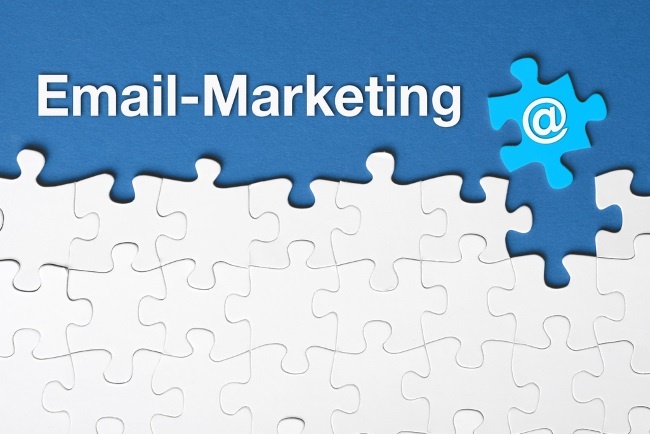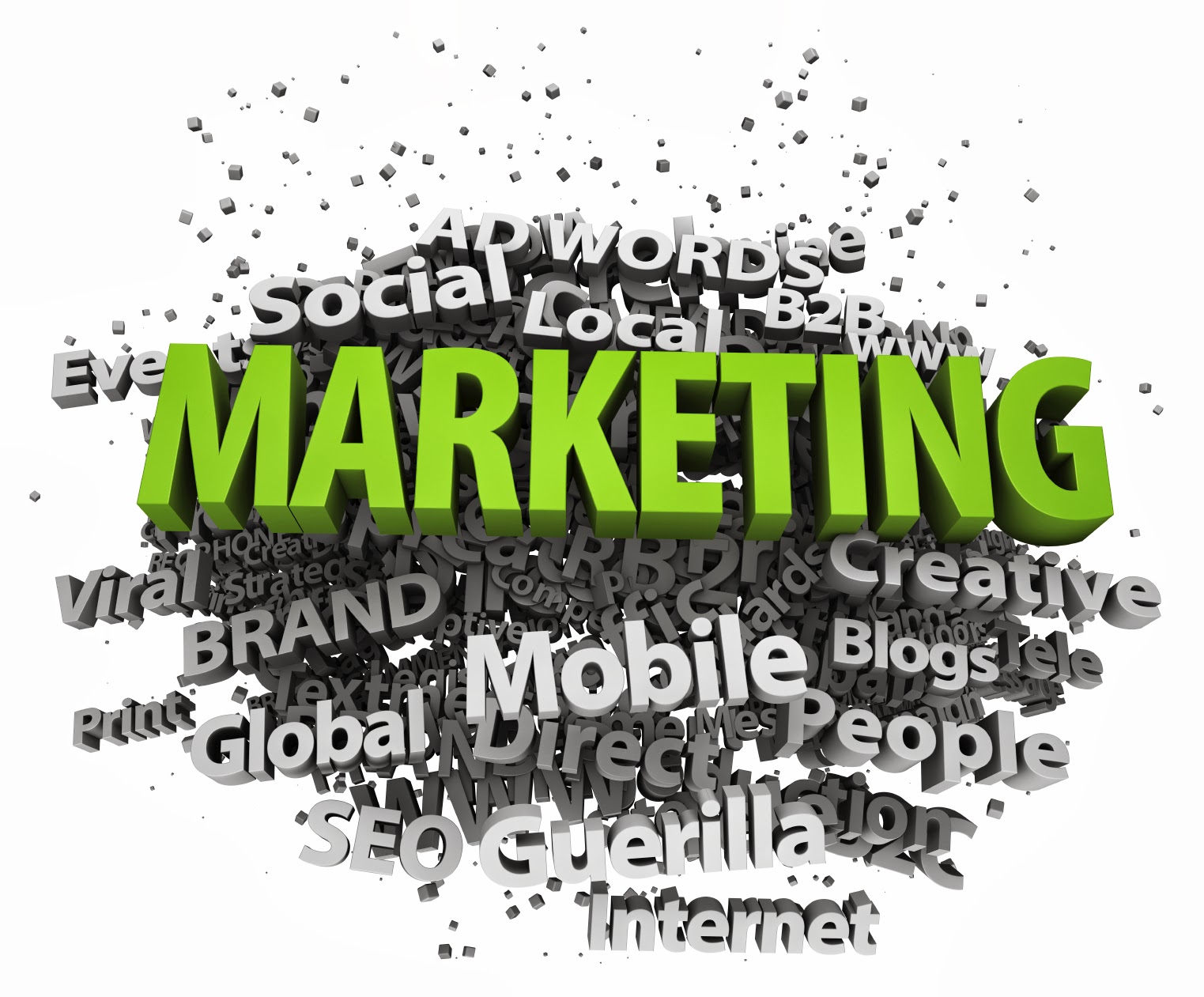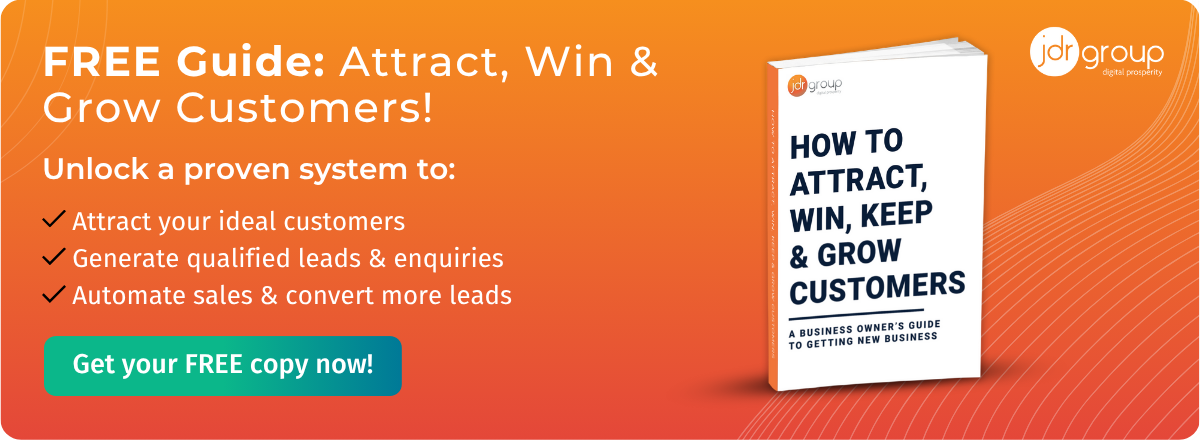5 Reasons Why Email Marketing is Still So Cost Effective
by Will Williamson on 08-Jun-2022 14:00:00

It is counterintuitive to describe something just shy of turning 21 as ‘old’, but that is how many people describe email marketing. It is ineffective, old-fashioned and out of date, they say. At 21 email marketing is certainly the oldest digital marketing channel, the catalyst that prompted the Internet marketing revolution that changed the way we all do business. But it is by no means old hat. In fact, thanks to continuous modernisation and transformation over the years, email marketing is still the most cost-effective digital marketing channel, and stands at the heart of all serious marketing strategies. Here are the five reasons why email marketing still holds the ‘key to the door’ to marketing success.
1) Extensive Reach
While lots and lots of people have Facebook, Twitter and LinkedIn accounts, everyone has a work based email account that is checked several times a day. Market research predicts a staggering 4.9 billion email addresses by 2017. That is a huge potential reach. If you want to reach marketing directors, operations directors, CEOs etc. every last one of them will have a business email address. It might take a lot of delicate work to connect with someone on LinkedIn, but if you set up a few good landing pages linked to some decent content, you can easily get people coming to you with their email addresses. How’s that for smart working?
Email has a great delivery rate too. Compare this to other marketing methods. On Facebook, only about 2% of your followers will ever see your posts, because of the way Facebook continually updates a user’s feed. On Twitter this figure is even lower. Email, on the other hand, has a delivery rate of 90%. This doesn’t mean that the recipient will click on the email, of course, but they are 88% more likely to do so than they are with Facebook content they might not even see.
2) Good CTR
Contrary to popular misconception, email marketing has an excellent conversion rate. A DoubleClick benchmarking study carried out this year gave an average click through rate across all forms of digital advertising as 0.17%. Admittedly this is a wide field. Actual CTRs vary widely by country, industry, channel and by paid/unpaid links. Nevertheless it does set the background for some useful comparisons.
The average CTR for a Facebook post is around 0.5%, with highly successful posts having a 2% click through. So if you have 1,000 Facebook followers, between five and 20 of them are likely to respond to any given post. For organic tweets the range is 0.11% and 0.55%, according to a report in Adweek.com (although CTR is higher for small follower groups and paid adverts). Compared with this, Smart Insights estimates for SME email marketing campaigns in the UK gave a 22.87% open rate and a 3.26% average click through rate. An email list of 1,000 subscribers can therefore yield an average of 33 clicks for each message.
3) Sharable
Email is eminently shareable. At the click of a button a recipient can forward an email onto a colleague or share it on social media. People are far more comfortable about doing this than they are with sharing Facebook posts. Links to landing pages in marketing emails can also be copied and pasted into social media content and shared on other channels.
An important factor is that people expect to receive marketing communication through their work emails. (This is not the case for marketing email sent to personal email addresses, which are frequently met with hostility.) Compared to social media approaches, people are more open-minded to promotional content. They are therefore happy to share email content, and to archive useful emails for future reference. The key is keeping your content relevant and valuable.
4) Great Value Content
When you share content on Facebook, LinkedIn and especially Twitter, you don’t have much room to get your message across. You have to keep your content really short and often rely on images to get people’s attention. There is more scope to go into detail on email, as people expect to take time reading them. You can therefore create blog style article content specific for emails, linked to landing pages, promotions or simply to free incentives.
If you time these emails correctly – i.e. at a time when people are most likely to have time to read them – you will get a good readership, especially if you send your messages regularly.
5) High ROI
There are many, many good reasons why businesses use email marketing, but at the end of the day the figures speak for themselves. Return on investment from email marketing has remained consistently high ever since it was pioneered in the 1990s. Let’s do a notebook calculation based on extremely conservative figures.
- You send a monthly email marketing campaign to 10,000 subscribers.
- Your monthly costs are £400 in CRM, licence fees, staff resources etc.
- You have a below-average open rate of 22%.
- Your click through rate is also below-average, at 3%.
- Only 2% of the people who click through actually convert to become paying customers.
- The average value of each conversion is £1,000.
Even in this scenario you should expect to 2200 opens, 66 clicks and one conversion. This gives you an ROI of 230%. Not bad at all if you did this consistently over a matter of months and years. And don’t forget that your open, click and conversion rates can all be tweaked and optimised by measuring the results of your email marketing and learning from them.
Email marketing is a very cost-effective form of generating leads online. For more information about how we can help you, please get in touch with one of our marketing specialists today. We offer a range of affordable monthly plans that include email marketing in conjunction with Social Media, SEO, digital advertising and other channels – all designed to get you the best results.
- Inbound Marketing (SEO, PPC, Social Media, Video) (824)
- Strategy (363)
- Sales & CRM (195)
- Marketing Automation & Email Marketing (190)
- Business Growth (164)
- Website Design (160)
- Hubspot (138)
- Lead Generation (115)
- Google Adwords (98)
- Content Marketing (94)
- Conversion (48)
- Case Studies (47)
- News (47)
- Ecommerce (39)
- Webinars (34)
- SEO (24)
- AI (20)
- Events (19)
- Video (17)
- LinkedIn Advertising (15)
- Video Selling (15)
- Software training (13)
- Niche business marketing (11)
- The Digital Prosperity Podcast (10)
- Facebook Advertising (6)
- HubSpot Case Studies (5)
- December 2025 (10)
- November 2025 (6)
- October 2025 (17)
- September 2025 (16)
- August 2025 (14)
- July 2025 (14)
- June 2025 (5)
- May 2025 (19)
- April 2025 (15)
- March 2025 (13)
- February 2025 (13)
- January 2025 (8)
- December 2024 (2)
- November 2024 (4)
- October 2024 (21)
- September 2024 (4)
- August 2024 (8)
- July 2024 (14)
- June 2024 (16)
- May 2024 (25)
- April 2024 (15)
- March 2024 (18)
- February 2024 (5)
- January 2024 (10)
- December 2023 (6)
- November 2023 (10)
- October 2023 (13)
- September 2023 (12)
- August 2023 (14)
- July 2023 (13)
- June 2023 (14)
- May 2023 (15)
- April 2023 (13)
- March 2023 (14)
- February 2023 (13)
- January 2023 (15)
- December 2022 (13)
- November 2022 (6)
- October 2022 (8)
- September 2022 (22)
- August 2022 (15)
- July 2022 (13)
- June 2022 (16)
- May 2022 (14)
- April 2022 (16)
- March 2022 (17)
- February 2022 (11)
- January 2022 (8)
- December 2021 (6)
- November 2021 (7)
- October 2021 (11)
- September 2021 (10)
- August 2021 (7)
- July 2021 (7)
- June 2021 (4)
- May 2021 (4)
- April 2021 (1)
- March 2021 (3)
- February 2021 (5)
- January 2021 (4)
- December 2020 (7)
- November 2020 (6)
- October 2020 (5)
- September 2020 (9)
- August 2020 (18)
- July 2020 (17)
- June 2020 (17)
- May 2020 (10)
- April 2020 (21)
- March 2020 (24)
- February 2020 (21)
- January 2020 (12)
- December 2019 (23)
- November 2019 (12)
- October 2019 (14)
- September 2019 (16)
- August 2019 (15)
- July 2019 (13)
- June 2019 (6)
- May 2019 (8)
- April 2019 (4)
- March 2019 (2)
- February 2019 (2)
- January 2019 (2)
- December 2018 (3)
- November 2018 (24)
- September 2018 (11)
- August 2018 (9)
- June 2018 (3)
- May 2018 (6)
- April 2018 (14)
- March 2018 (12)
- February 2018 (16)
- January 2018 (15)
- December 2017 (15)
- November 2017 (18)
- October 2017 (23)
- September 2017 (19)
- August 2017 (28)
- July 2017 (27)
- June 2017 (25)
- May 2017 (18)
- April 2017 (17)
- March 2017 (16)
- February 2017 (17)
- January 2017 (14)
- December 2016 (21)
- November 2016 (27)
- October 2016 (25)
- September 2016 (16)
- August 2016 (20)
- July 2016 (19)
- June 2016 (14)
- May 2016 (20)
- April 2016 (24)
- March 2016 (22)
- February 2016 (28)
- January 2016 (27)
- December 2015 (28)
- November 2015 (19)
- October 2015 (9)
- September 2015 (12)
- August 2015 (5)
- July 2015 (1)
- June 2015 (10)
- May 2015 (3)
- April 2015 (11)
- March 2015 (14)
- February 2015 (15)
- January 2015 (12)
- December 2014 (2)
- November 2014 (23)
- October 2014 (2)
- September 2014 (2)
- August 2014 (2)
- July 2014 (2)
- June 2014 (7)
- May 2014 (14)
- April 2014 (14)
- March 2014 (7)
- February 2014 (2)
- January 2014 (7)
- December 2013 (9)
- November 2013 (14)
- October 2013 (17)
- September 2013 (3)
- August 2013 (6)
- July 2013 (8)
- June 2013 (4)
- May 2013 (3)
- April 2013 (6)
- March 2013 (6)
- February 2013 (7)
- January 2013 (5)
- December 2012 (3)
- November 2012 (2)
- September 2012 (1)
Subscribe by email
You May Also Like
These Related Blogs

6 Inbound Marketing Benefits For eCommerce Websites
Inbound marketing can help any business whatever the industry. Inbound marketing is all about getting people to visit your website, whether this is be …

How To Automate Your Marketing & Put Your Marketing 'On Autopilot'
Let’s not kid ourselves, if you want to get ahead in an increasingly competitive world you have to automate your marketing. To automate your marketing …

Things NOT To Include In A Mobile App Landing Page
When marketing a new mobile app for your business, it is helpful to set up a dedicated landing page to drive traffic. This will increase your number o …




